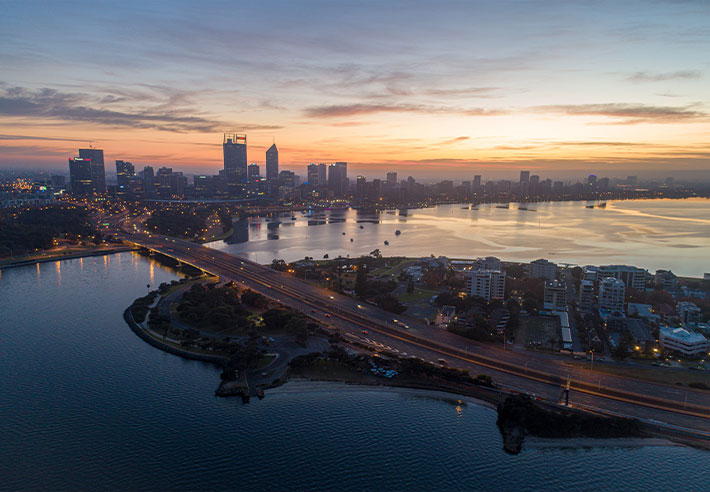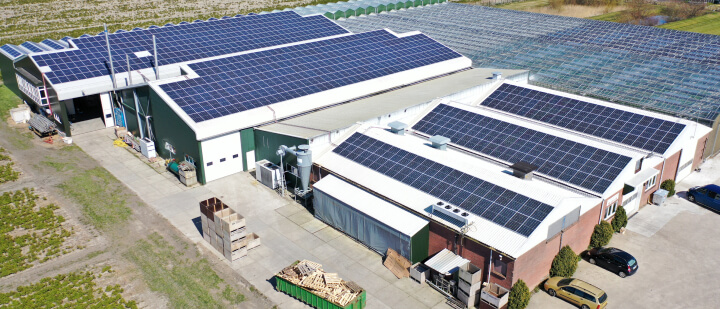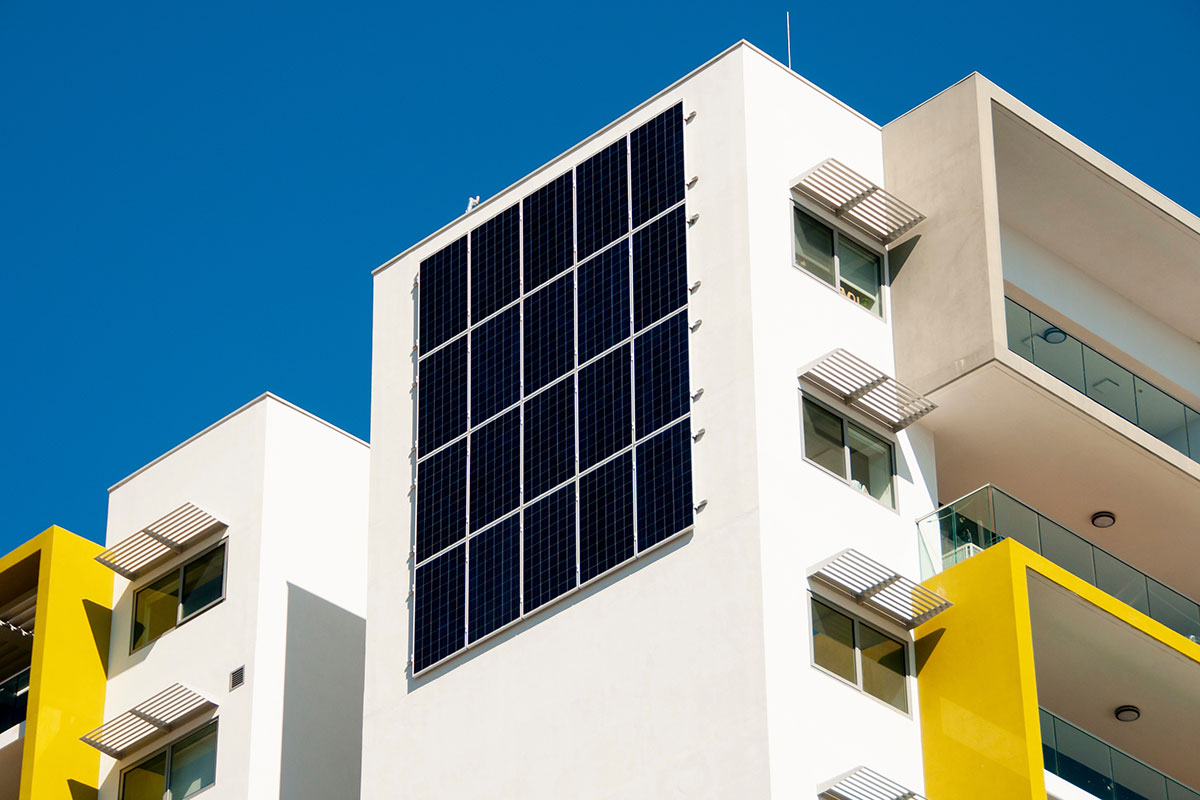Solar Rebate WA
WA Solar Rebates and Solar Incentives
Solar systems provide clean energy while reducing electricity bills—and in WA, there are financial incentives that help lower the upfront cost of installation.
While WA doesn’t offer traditional panel rebates like some other states, residents can still benefit from the federal Small-scale Renewable Energy Scheme (SRES), which provides Small-scale Technology Certificates (STCs) that reduce the cost of solar systems. Households can also earn credits through the Distributed Energy Buyback Scheme (DEBS) for excess energy exported to the grid.
From 1 July 2025, the WA Government is introducing a Residential Battery Scheme with rebates of up to $5,000 for Synergy customers and $7,500 for Horizon Power customers, plus interest-free loans up to $10,000. On top of this, the federal Cheaper Home Batteries Program will offer a 30% discount on battery system costs, saving eligible households up to $4,000.
With Perth’s high solar potential—over 8 hours of sunlight per day—these combined incentives make now an ideal time to invest in solar and battery storage.

Eligible customers may also be qualified for the Distributed Energy Buyback Scheme (DEBS). This program offers export payment for electricity exported to the grid from rooftop solar, solar batteries, and even electric vehicles.

How Much is the Solar Rebate in Western Australia?
Solar rebate values in WA vary based on your system size, energy usage, and how much power you export to the grid. For a typical 6.6kW system, incentives through STCs can reduce upfront costs by approximately $2,000 to $3,500, with larger systems attracting greater savings.
These rebates are delivered via Small-Scale Technology Certificates (STCs), which fluctuate in value—usually between $34 and $40 each. For an accurate estimate based on your location and system, contact our team today.
Small-scale Technology Certificates (STCs) are one of the most significant incentives for WA residents to go solar. However, the rebate decreases each year as the program gradually phases out, scheduled to end by 2030. To maximise your rebate savings and enjoy lower upfront costs, now is the perfect time to invest in solar power. Don’t miss the opportunity to make the most of these incentives—start your solar journey today!
What are Solar STCs?
Small-Scale Technology Certificates, better known as STCs, are one of Australia’s two federal government incentives. STCs are awarded to individuals who have chosen to install solar panels for their homes.
Before you can get STCs, you must first follow a few guidelines, such as:
- Your solar system should be installed a year before you apply and claim your STCs.
- Parts and accessories of your solar system must be Clean Energy Council-approved.
- All parts should meet strict Australian standards.
- Installation should comply with electrical safety requirements as dictated by the local, state, and federal governments.
- Ensure that you only hire a Clean Energy Council-accredited designer, retailer, and installer.
- Your solar system size should be at most 100kW.
- Your annual electrical output should not go beyond 250MWh for you to claim STCs.
So, how much can you claim? It depends on the supply and demand in the market, but the value will stay under $41 for every certificate.


WA Residential Battery Scheme
With rising electricity costs, investing in solar is a smart way to reduce long-term energy bills. In WA, government incentives help lower installation costs and allow you to earn money by selling excess energy back to the grid through the Distributed Energy Buyback Scheme (DEBS).
From 1 July 2025, the WA Government will introduce a new Residential Battery Scheme, offering:
- The WA Government is expanding its Residential Battery Scheme to provide rebate support for up to 100,000 households.
- The WA Residential Battery Scheme will complement the Federal Government’s Cheaper Home Batteries Program for a combined rebate of up to $5,000 for Synergy customers and $7,500 for Horizon Power customers.
- This means State-based rebates will now be up to $1,300 for Synergy customers ($130 per kWh of battery capacity) and up to $3,800 for Horizon Power customers ($380 per kWh of battery capacity). In the first year, and with the assistance under the Federal Cheaper Home Batteries program, residents will be able to receive up to $5,000 and $7,500 respectively towards the cost of a 10kWh battery installation.
- Households will be required to participate in a Virtual Power Plant (VPP) to be eligible for the Scheme.
Contact Aus Energy Solar

What Is The Distributed Energy Buyback Scheme (DEBS)?
The Distributed Energy Buyback Scheme (DEBS) provides eligible customers with payments for the electricity they export to the grid. This includes energy from rooftop solar PV systems, batteries, and electric vehicles.
The DEBS pricing structure incentivises households to use or store solar energy during midday when it is abundant. It also encourages the installation of west-facing panels to generate electricity later in the day, aligning with higher electricity demand in the evening.
What Are the DEBS rates in WA?
The Distributed Energy Buyback Scheme (DEBS) offers time-of-export payments, reflecting electricity costs at different times of the day. Higher rates are paid for electricity exported during late afternoon and evening when demand and wholesale costs are higher.
DEBS rates as of 1 July 2024:
For Synergy customers:
- Peak (3pm to 9pm): 10 cents/kWh
- Off-peak (9pm to 3pm): 2 cents/kWh
These rates encourage using solar energy during the day and installing west-facing panels to generate more energy when demand is high. This helps integrate renewable energy into the grid while maintaining reliability and security.
Who is eligible for DEBS?
Eligible customers include:
- Residential customers consuming no more than 50MWh of electricity annually.
- Schools, universities, and other educational institutions.
- Non-profit organisations.
Eligibility for renewable energy systems:
- Generating capacity between 500W and 5kW.
- A 6.6kW solar PV system with a 5kVa inverter is considered to have a 5kW capacity.
There is no size limit on home or electric vehicle batteries. However, retailers are only required to provide buyback payments for up to 50 kWh per day per premises, exceeding what a 5kW solar PV system typically generates daily.

What Is A
Feed-in Tariffs?
Feed-in Tariffs (FiTs) are tariffs paid to you if you export your excess power to the grid. Like most energy providers, Synergy pays a few cents for each kilowatt-hour (kWh) you give back to the network. This payment comes in the form of a credit on your electricity bill.
The government once offered a FiT up to 60c per kWh. Unfortunately, this program no longer exists for new installations. It is now replaced by a FiT that you negotiate with your energy provider.
In order for you to know how much your FiTs are worth, you need to talk to your electricity retailer. The rate also depends on the wholesale electricity price. If you live in Perth or the southeast metropolitan area, the current FiT is between 2.75c to 10c per kWh. Regional areas with Horizon Energy as their electricity retailer have tariffs worth 3c to 10c per kWh. Also, note that the best time to export is between 3 PM and 9 PM.
If you are not considering getting solar batteries, make sure you benefit from feed-in tariffs to gain passive income from your solar system.
Get a Quote For Solar In WA Today!
Going green, especially with electricity, is often easier said than done. The process can be complex, but not when you have experienced professionals who are always ready to serve. Aus Energy Solar can help make your transition from traditional to clean, green energy. Start your journey right away by contacting our friendly team today!
WA Solar Rebate FAQs
How Much Can I Save With the Solar Rebate in WA?
The amount you can save with the solar rebate depends on the size of your solar power system and the current value of Small-scale Technology Certificates (STCs). On average, you can save several thousand dollars on the cost of a solar system installation in Perth and WA
Are There Rebates for Solar Batteries in WA?
Unfortunately, there are currently no state or federal rebates for solar batteries. The rebates are only available on panels, systems & the buyback scheme.
How Do I Apply for the Solar Rebate in Perth and WA?
The solar rebate application process is usually handled by the solar installation company. They will provide you with the necessary paperwork and guide you through the process. Once your system is installed and inspected, the rebate amount will be deducted from your total installation cost.
How is the value of STCs calculated?
The value of STCs depends on the size and efficiency of your solar system, your location, and the current market price for certificates. Each STC is typically valued between $34 and $40, but the total rebate amount decreases annually as the scheme approaches its 2030 end date.
Who is eligible for the solar rebate in WA?
To qualify for STCs, your solar system must:
- Have a capacity of no more than 100 kW.
- Generate an annual electricity output not exceeding 250 MWh.
- Be installed by a Clean Energy Council (CEC) accredited professional.
- Use components approved by the CEC.
Additionally, the system must comply with local, state, and federal safety standards.
How much can I save with solar rebates in WA?
For a 6.6kW solar system, you can typically save between $2,000 and $3,500, depending on your location and the market price for STCs. Larger systems may qualify for even greater savings.
